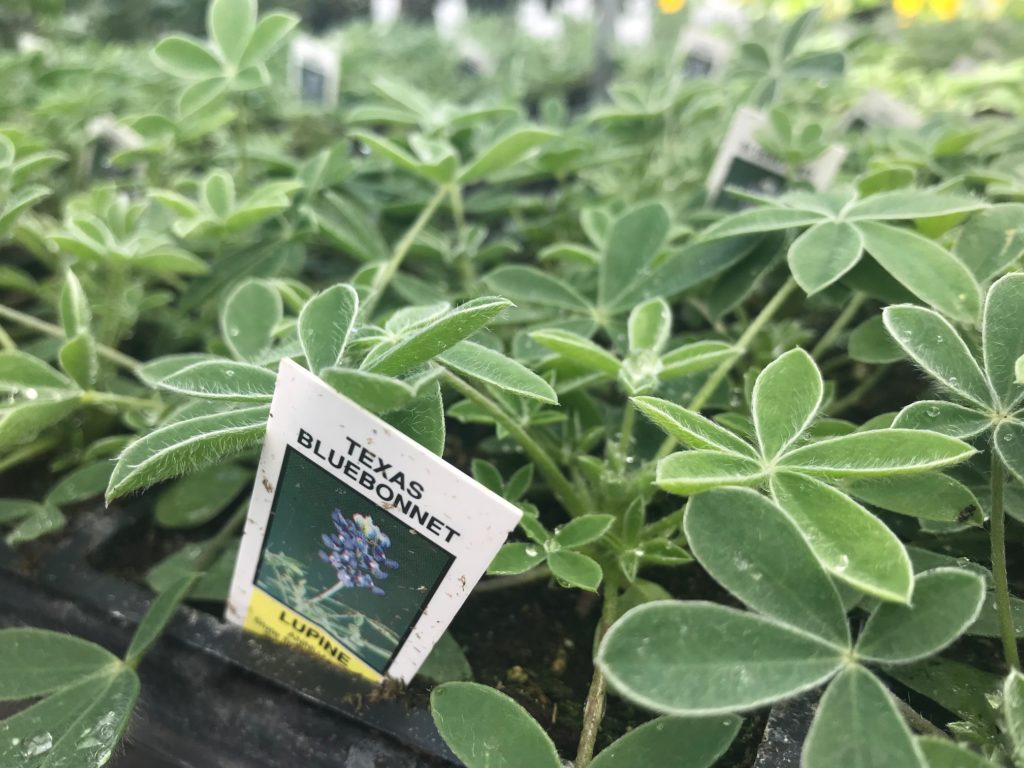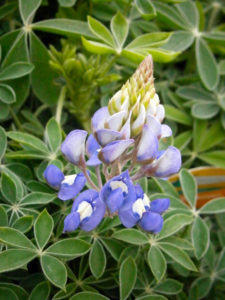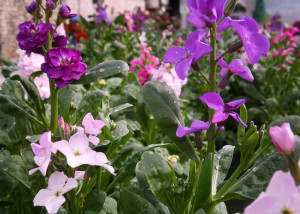You may not have bluebonnets on the brain right now, but you should if you want them in your garden this spring. Here's how you can have our state flower in your own backyard!

We Texans love our bluebonnets. Low growing clumps of palmate leaves explode with royal blue flower spikes in spring. They attract beautiful butterflies and other pollinators. Maybe you've tried bluebonnets before with no luck. If that's the case, check out these pointers!
If starting bluebonnets from seed, you've missed the window for planting time. Sorry, folks. Seed should be sown in October or November at the latest. Bluebonnet plants need cold weather to produce strong root systems. BUT- transplants CAN be planted from November until early February. Hooray! The plants will have enough time to grow and be ready for spring blooms.

Now, you'll need to select a sunny spot for your new plants. At least 8-10 hours of sun is best. Otherwise you may end up with scraggly plants and few blooms. Avoid planting transplants too deeply to avoid rotting of the crown. Make sure the soil is well drained and plants are kept moist but not wet. Remember, they're Texas tough, and are great at surviving drought!
One of the best things about bluebonnets? No fertilizer required. Or wanted. Leave 'em alone. You think TxDOT runs around fertilizing bluebonnets on the highway? Fertilizing may actually decrease blooming and give you leggy plants!
Bluebonnets look great en masse, along sidewalks or in containers. If you can't wait for spring color, mix in some pansies, snapdragons and dusty miller while waiting for your blue blooms.
Once flowering is over, plants will begin to brown. They will then be ready to mow down, scattering dried seed pods for the next season! They can also be collected and stored, if desired.
Bluebonnet transplants are available now at The Garden Center in small 6 packs. Traditional blue AND maroon! Want more info on all things bluebonnets? Check out these links for even more on our beautiful state flower:



 Stock up on Stock! Get it? Huh? Bad joke. Sorry. Here is an annual that we see in early spring and late fall at The Garden Center.
Stock up on Stock! Get it? Huh? Bad joke. Sorry. Here is an annual that we see in early spring and late fall at The Garden Center.